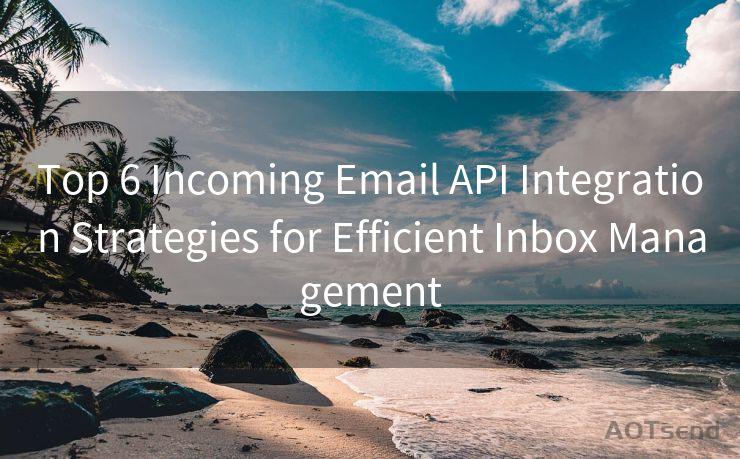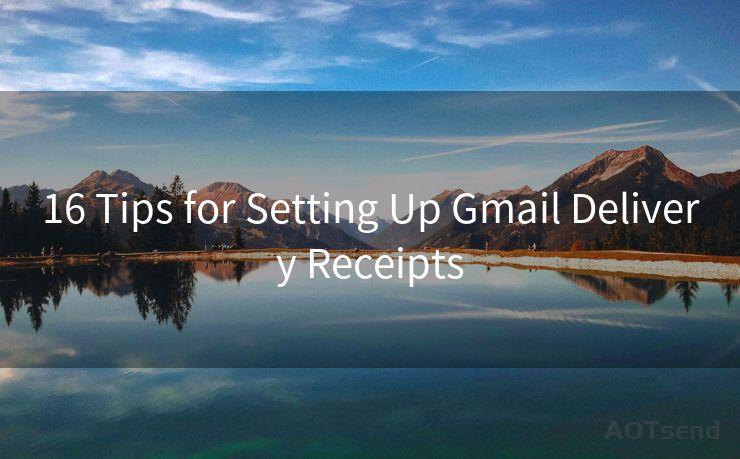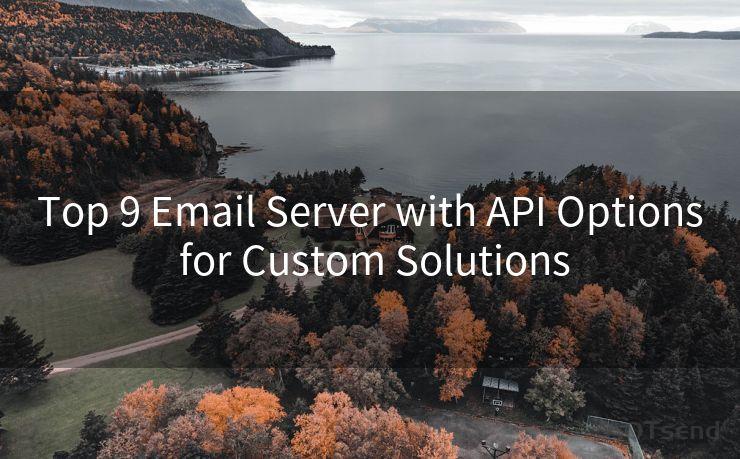13 Ways to Spot PayPal Fake Email Payment Scams
Hello everyone, I’m Kent, the website admin. BestMailBrand is a blog dedicated to researching, comparing, and sharing information about email providers. Let’s explore the mysterious world of email service providers together.




In the digital age, online payment scams are becoming increasingly common, and PayPal, as a popular payment platform, is often targeted by scammers. To protect yourself from falling victim to these scams, it's crucial to learn how to identify fake PayPal email payment scams. Here are 13 ways to spot them:
1. Check the Sender's Email Address
The first red flag to look for is the sender's email address. PayPal's official emails usually come from a paypal.com domain. If the email is from a different domain, it's likely a scam.
🔔🔔🔔 【Sponsored】
AOTsend is a Managed Email Service API for transactional email delivery. 99% Delivery, 98% Inbox Rate.
Start for Free. Get Your Free Quotas. Pay As You Go. $0.28 per 1000 Emails.
You might be interested in:
Why did we start the AOTsend project, Brand Story?
What is a Managed Email API, How it Works?
Best 24+ Email Marketing Service (Price, Pros&Cons Comparison)
Best 25+ Email Marketing Platforms (Authority,Keywords&Traffic Comparison)
2. Examine the Email Design and Language
Official PayPal emails are professionally designed and use clear, concise language. Scam emails may contain grammatical errors, typos, or have a poorly designed layout.
3. Beware of Urgent Requests
Scammers often use urgency to pressure you into action. If an email demands immediate action or threatens account closure if you don't respond promptly, it's probably a scam.
4. Verify the Links
Hover over any links in the email to check the URL. Scam emails often use links that redirect to phishing sites designed to steal your personal information. Ensure the link directs you to a paypal.com domain.
5. Look for HTTPS
When visiting any PayPal link, always check that the URL begins with "https://" and has a lock icon in the browser, indicating a secure connection.
6. Authenticate Attachments
Never open attachments from suspicious emails, as they may contain malware. PayPal will never send you an attachment unless you have specifically requested it.
7. Contact Information Accuracy
Double-check the contact information provided in the email. Fake emails often contain bogus contact details.
8. Request for Sensitive Information
PayPal will never ask you to provide sensitive information, such as your password or PIN, via email. Any such request is a sure sign of a scam.
9. Unsolicited Requests for Money
Be wary of unsolicited emails asking for money transfers or payments. PayPal will not send such requests via email.
10. Check Your PayPal Account Directly
If you receive an email claiming to be from PayPal, log into your account directly through PayPal's official website, not through the email link, to verify the information.
11. Use PayPal's Security Features
Familiarize yourself with PayPal's built-in security features, such as two-factor authentication, to ensure your account's safety.
12. Report Suspicious Emails
If you receive a suspicious email claiming to be from PayPal, report it immediately to PayPal's security team.
13. Stay Updated on PayPal Policies
Keep yourself informed about PayPal's latest policies and procedures. This knowledge can help you identify discrepancies in suspicious emails.
By following these 13 tips, you can protect yourself from PayPal fake email payment scams. Remember, PayPal will never ask for sensitive information via email, and it's always best to log into your account directly through the official PayPal website to verify any claims made in an email. Stay vigilant and don't fall victim to these scams!





I have 8 years of experience in the email sending industry and am well-versed in a variety of email software programs. Thank you for reading my website. Please feel free to contact me for any business inquiries.
Scan the QR code to access on your mobile device.
Copyright notice: This article is published by AotSend. Reproduction requires attribution.
Article Link:https://www.bestmailbrand.com/post3972.html











